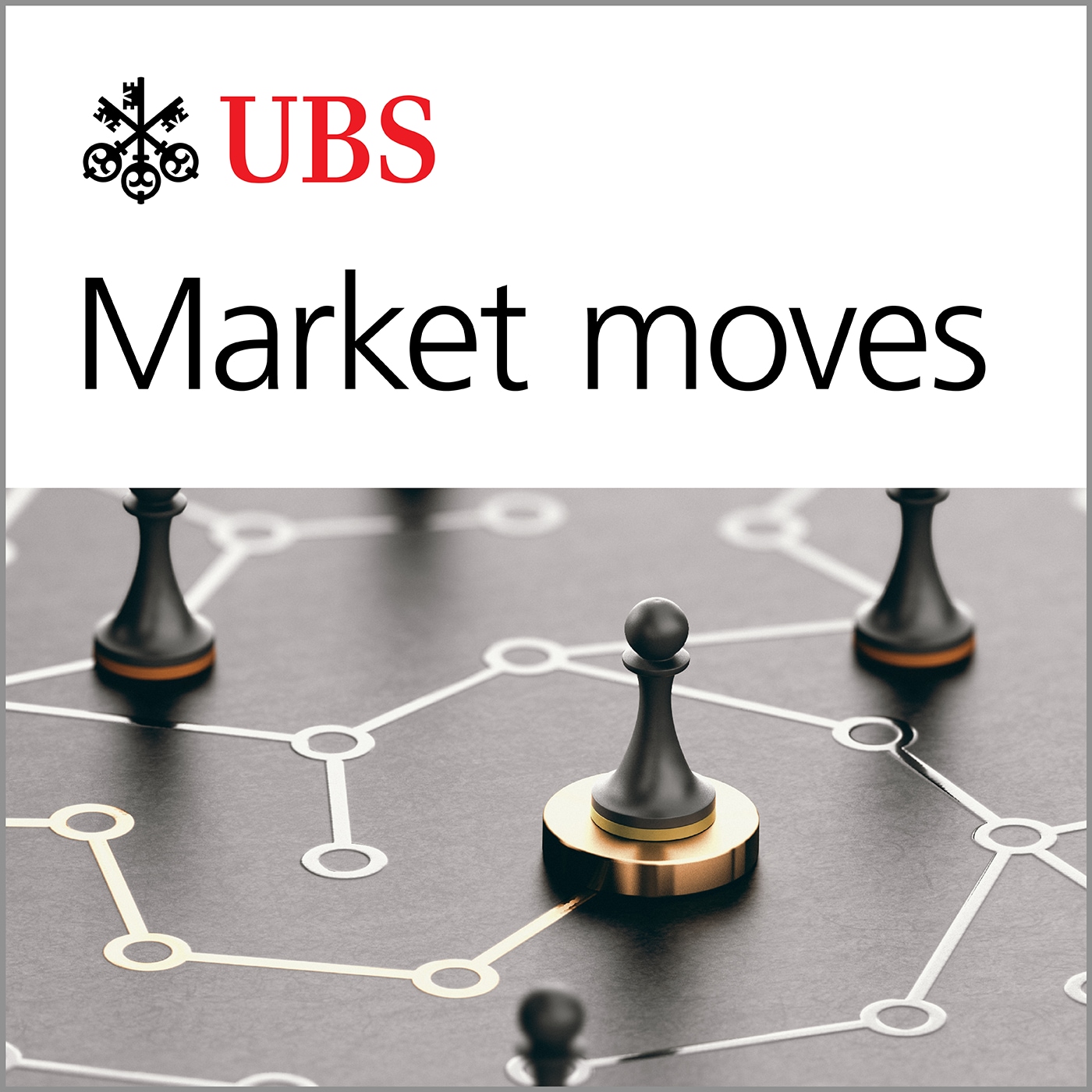UBS On-Air: Paul Donovan Daily Audio 'Trade taxes and boiling frogs'

UBS On-Air: Market Moves
Deep Dive
Shownotes Transcript
Good morning, this is Paul Donovan, Chief Economist at GBS Global Wealth Management. It's 6.30 in the morning London time on Tuesday the 14th of January. Media reports are suggesting that US President-elect Trump's administration will increase taxes on US consumers gradually. A stepped approach to tariffs, so the theory goes, would limit the inflation impact.
It's worth bearing in mind that past reports on gradual or limited tariff increases have been subsequently denied over social media, so these reports should be treated with some caution.
Of course, a gradual increase in tariffs over time would mean that the direct impact of tariffs on US inflation would be stretched out. The end result would be the same, but it may be less noticeable to consumers on a month-on-month basis. A boiling frog strategy. But this approach is not without its risks. Second round inflation effects are where a lot of the price risks lie with trade taxes.
In particular, a gradual approach might risk reigniting profit-led inflation. If tariffs go up every month, consumers might become used to the idea that prices rise monthly with trade taxes. And that would allow retailers to increase profit margins regularly and use the dominant narrative of tariffs as a cover story.
On the subject of inflation, we get December US producer price data today. This data is hit by tariffs in two ways. Modern supply chains are long and complex and depend on imported components, so tariffs increase input costs to US manufacturers. Second, if tariffs work, they would reduce domestic competition in the States, potentially increasing domestic producer prices on the output side.
These effects are not going to be visible in the current data, of course, as existing tariff regimes affected these numbers a long, long time ago. The expectation is for a slight increase in producer price inflation on the headline and core rates with this month's data release.
The US December National Federation of Independent Businesses survey of small business confidence is due. This is a survey that has a history of partisanship even before the US became hyper-partisan. The spike in the November sentiment data, which was dramatic, is unlikely to translate into any different economic action, therefore.
Over in Europe, there is a pontification of central bank speakers scheduled and little else to divert investor attention. Chief economist Lane already gave some quite comprehensive views in a media interview yesterday, but is scheduled to speak again today. ECB Council Member Raine suggested that policy is currently restrictive and that rate cuts should take it out of the restrictive phase by the summer.
The summer is always a suitably broad term to use and doesn't pin central bankers to too specific a schedule. The overall messaging is consistent with the idea that the ECB moves towards 2% rates by the end of this year. That's all for today. Have a good day.
UBS Chief Investment Office's investment views are prepared and published by the Global Wealth Management Business of UBS AG or its affiliate, UBS. This material has no regard to the specific investment objectives, financial situation, or particular needs of any specific recipient and is published for informational purposes only.
As a firm providing wealth management services to clients globally, UBS AG and its subsidiaries offer both investment advisory services and brokerage services. Investment advisory services and brokerage services are separate and distinct, differ in material ways and are governed by different laws and separate arrangements.
In the USA, UBS Financial Services Inc. is a subsidiary of UBS AG and a member of FINRA SIPC. For information, please visit our website at ubs.com forward slash working with us. For a full legal disclaimer applicable to the independent investment views produced by UBS, please visit our website at ubs.com forward slash CIO dash disclaimer.